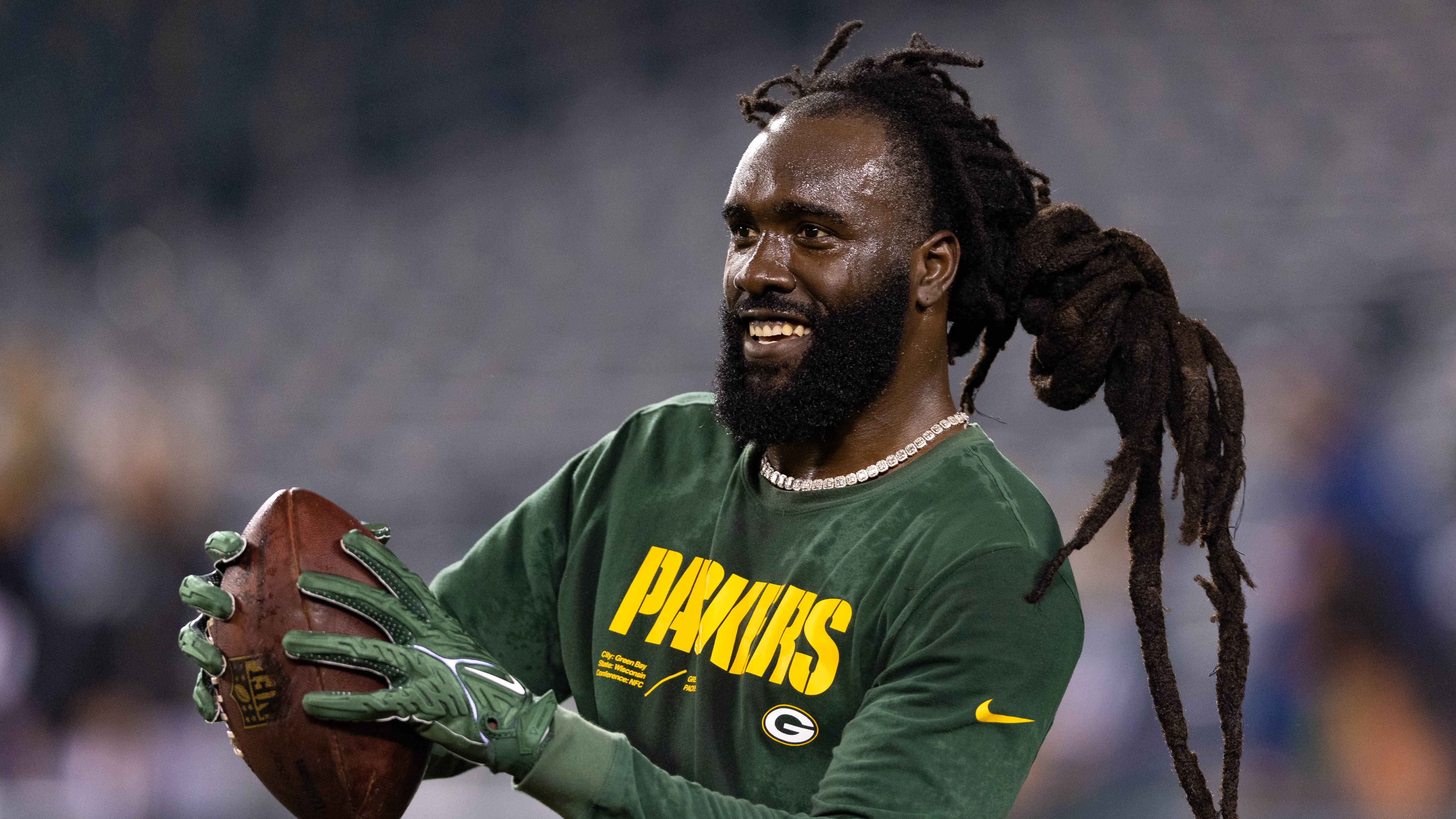Kyle Shanahan Reacts: The De’Vondre Campbell Controversy and its Fallout
Let’s be honest, football is a game of grit, resilience, and sometimes, baffling decisions. The NFL throws curveballs constantly, and sometimes those curveballs come in the form of a star linebacker seemingly quitting on the field during a crucial game. That’s exactly what happened when De’Vondre Campbell’s actions during [Insert Game Here – e.g., the Week 10 matchup against the Cardinals] sent shockwaves through the San Francisco 49ers organization and the NFL world. This wasn’t just a minor sideline scuffle; this was a player seemingly walking away from his team in a moment of high pressure. So, how did head coach Kyle Shanahan react? And more importantly, what does this incident tell us about the complexities of team dynamics and the pressure cooker environment of professional football?

The Incident: What Happened on the Field?
Before we dive into Shanahan’s reaction, let’s recap the events that led to this controversy. During [Insert specific game situation – e.g., the third quarter, with the 49ers trailing by seven points], Campbell appeared to become visibly frustrated. [Insert detailed description of the events, including specific plays, Campbell’s body language, and any visible interactions with teammates or coaches. Be specific and descriptive to draw the reader in].
The footage speaks for itself – it showed Campbell seemingly refusing to participate further in the game. This wasn’t a subtle display of displeasure; it was a clear, visible act that left many viewers and commentators stunned. The narrative quickly shifted from focusing on the game itself to the shocking behavior of a key player. The internet exploded with speculation, opinions ranging from "he was injured" to "he had a personal issue" to the more damning "he quit." The ambiguity only fueled the fire.
Shanahan’s Initial Response: A Measured Approach

Kyle Shanahan, known for his calm demeanor even under intense pressure, initially adopted a measured approach. He didn’t immediately lash out or offer a fiery condemnation of Campbell. Instead, he chose a more cautious route, emphasizing the need to understand the situation fully before making any public pronouncements. This was a smart move, considering the potential for misinterpretations and the need to gather all the facts before reacting.
Remember, Shanahan is a master strategist, both on and off the field. His initial silence allowed him to gather information from various sources – his coaching staff, teammates who witnessed the incident, and even Campbell himself. This calculated approach prevented him from making any impulsive statements that could have further escalated the situation or damaged team morale.
The Post-Game Press Conference: Addressing the Elephant in the Room
The post-game press conference was where Shanahan had to address the elephant in the room. The media, naturally, bombarded him with questions about Campbell’s actions. His response was a delicate balance of acknowledging the incident’s gravity while avoiding any premature judgments. [Insert direct quotes from Shanahan’s press conference, if available, or paraphrase his main points. Focus on his tone and the key messages he conveyed].
Shanahan’s response highlighted several key points:
- Emphasis on team unity: He stressed the importance of teamwork and the impact of individual actions on the entire team’s performance.
- A need for internal resolution: He indicated that the issue would be handled internally within the team, suggesting a private conversation with Campbell to understand his perspective.
- Avoiding speculation: He refrained from speculating on the reasons behind Campbell’s actions, urging everyone to wait for the facts to emerge.
- Maintaining focus on the game: Despite the controversy, Shanahan kept the focus on the game itself, analyzing the team’s performance and looking ahead to future matches.


This carefully crafted response demonstrated Shanahan’s leadership skills. He managed to address the controversy without fueling the flames, maintaining a professional demeanor while addressing the concerns of the media and the fans.
The Aftermath: Internal Investigation and Potential Consequences
Following the game, the 49ers likely launched an internal investigation to understand the circumstances surrounding Campbell’s actions. This would have involved interviews with Campbell, his teammates, and coaching staff. The goal was to ascertain the truth behind the incident, whether it was a result of injury, personal issues, or something else entirely.
The potential consequences for Campbell could have ranged from a fine to suspension, depending on the findings of the investigation. The severity of the punishment would depend on the nature of his actions and whether they were deemed intentional or a result of extenuating circumstances. The 49ers had to balance the need for accountability with the desire to maintain team cohesion.

The Broader Context: Pressure, Expectations, and Mental Health
Beyond the specific incident, the De’Vondre Campbell situation highlights a larger issue within professional sports: the immense pressure players face. The NFL is a high-stakes environment, with millions of dollars, team reputations, and personal legacies on the line. Players are constantly under scrutiny, facing intense pressure to perform at their peak every single game.
This pressure can take a significant toll on a player’s mental and emotional well-being. The demanding physical nature of the sport, coupled with the constant media attention and high expectations, can contribute to stress, anxiety, and even burnout. Campbell’s actions, regardless of the underlying reasons, serve as a stark reminder of the human element in professional sports. It’s crucial for teams and leagues to prioritize the mental health and well-being of their players, providing resources and support to help them cope with the pressures of the game.